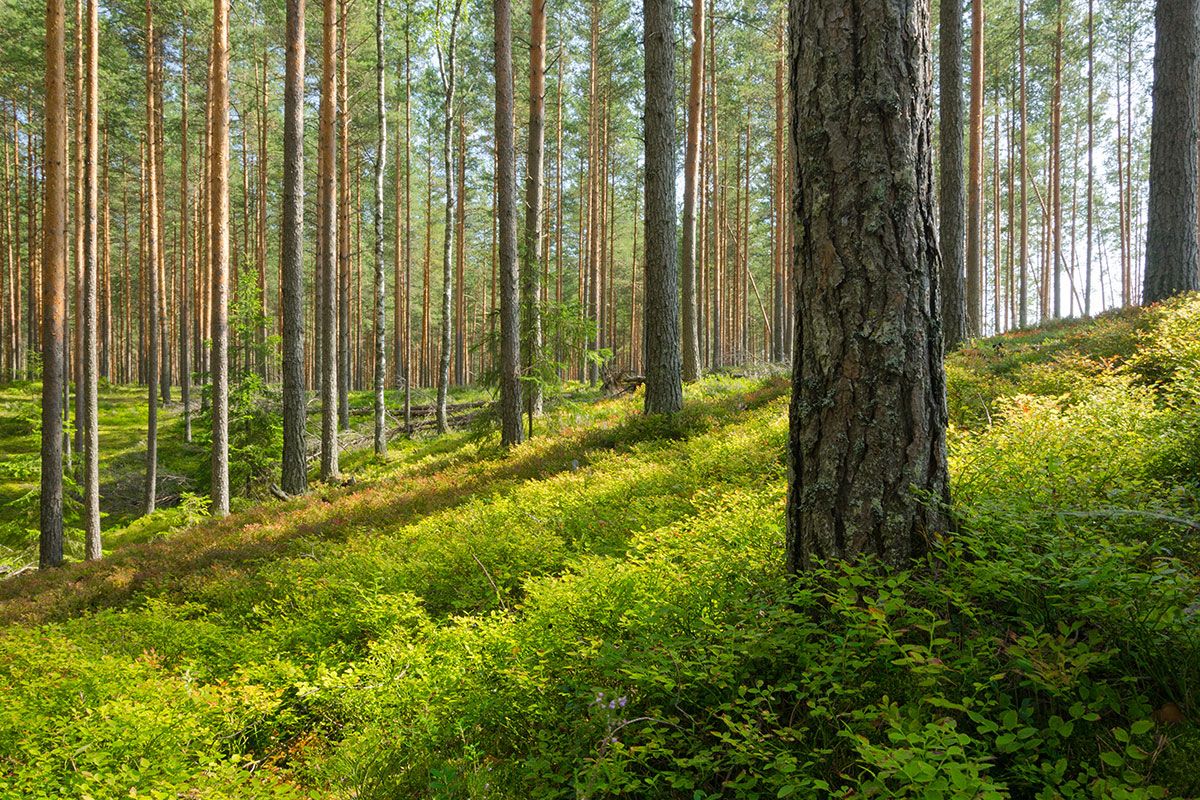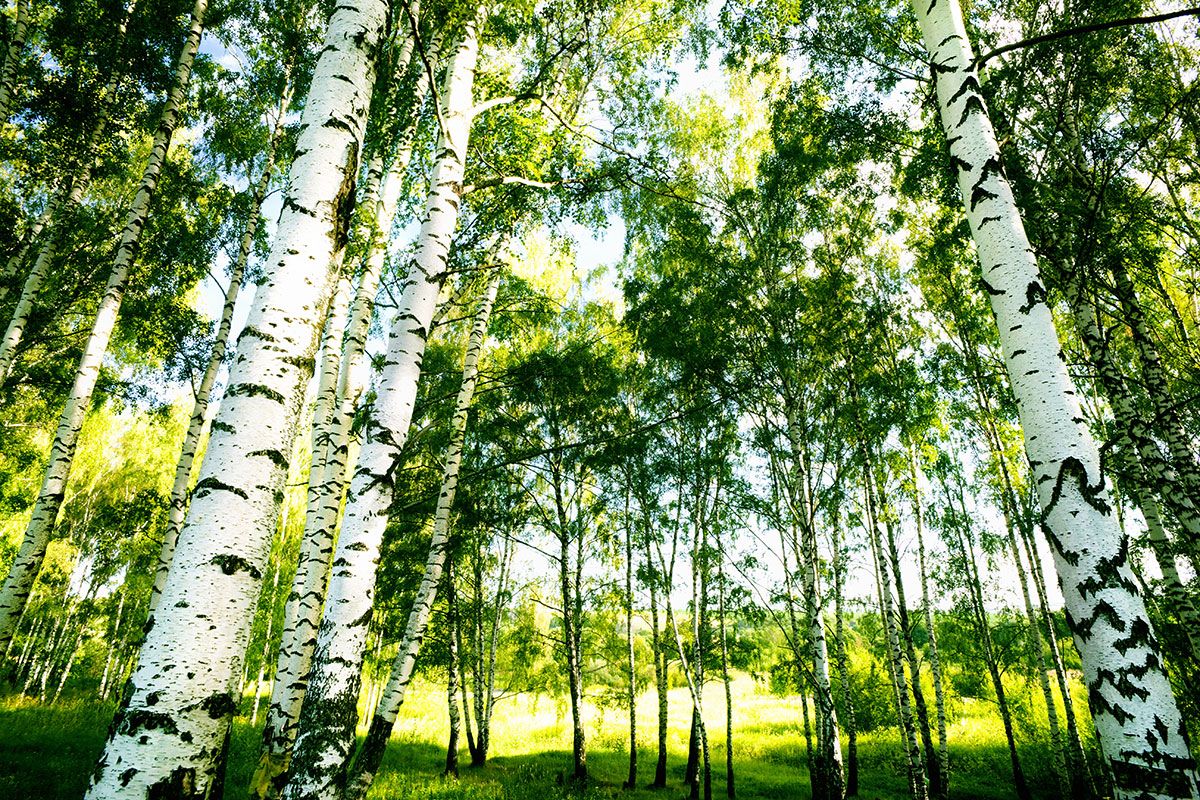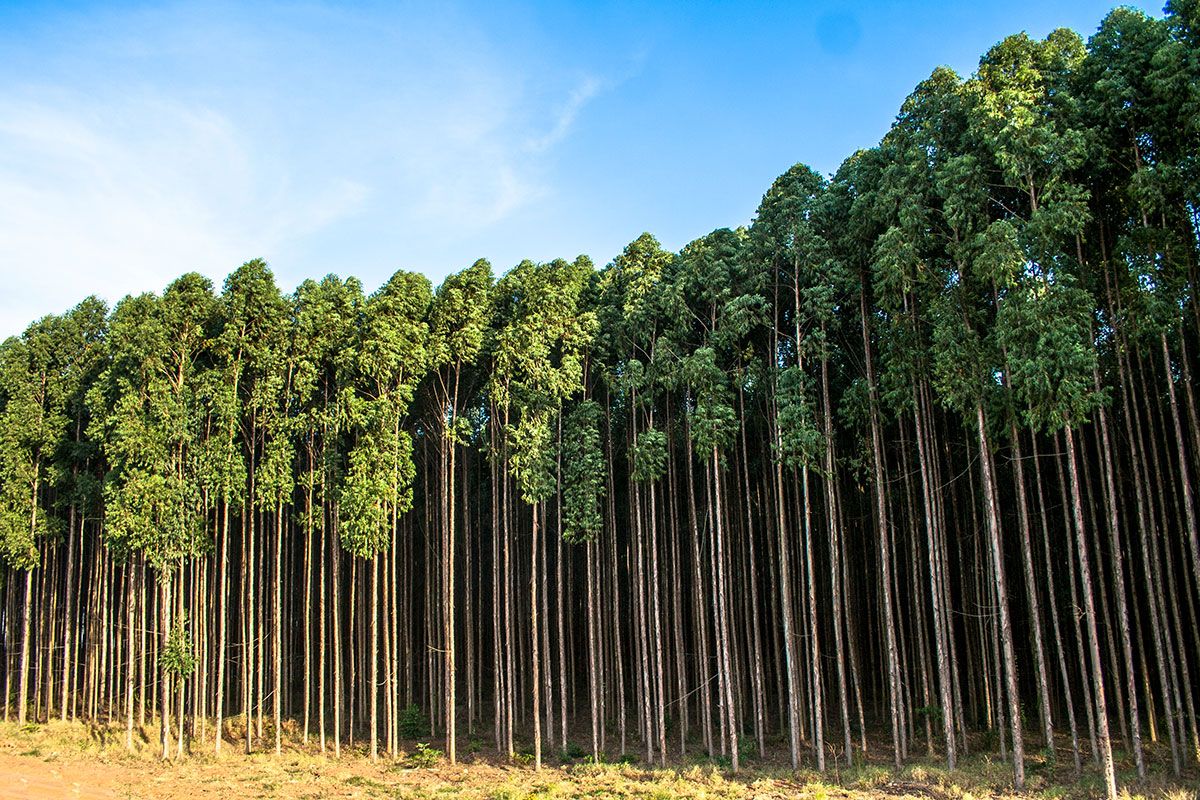Debarking Different Wood Species
The quantity of bark is the primary factor that defines the quality of debarking. In addition, every measure is taken to prevent wood loss caused by debarking so as to minimize unnecessary costs. Both factors must be taken into account to achieve the best possible economic result. At sawmills, economic considerations relating to debarking are significant since the amount of bark is one of the ways payment is assessed with regard to woodchips used for pulp production.
Debarking characteristics depend on the binding strength between the bark and the wood, the structure of the bark, the shape and quality of the timber, and the debarking conditions. The properties of different wood species vary; there can even be significant variation within a species due to environmental conditions. Regardless of the wood species, debarking frozen and dried timber is always more difficult as the bond between the bark and the wood will be stronger.
During our 70-year history, we have amassed a wealth of knowledge about debarking from all over the world. We have experience debarking all wood species used in industry and have excellent solutions for all requirements, whatever the wood species and conditions. Thanks to our extensive experience, we can always guide customers to the optimal debarking solution.
Debarking softwood species
The majority of global lumber production volume is nowadays concentrated on softwood (i.e. coniferous) species like spruce, pine, and fir and their subspecies. In addition, there are significant (but smaller) volumes of lumber produced of several other coniferous species, like larch, hemlock, and Douglas-fir. The binding strength between bark and wood varies throughout the year (fresh vs. frozen) but generally coniferous species are considered to be easy for debarking. We have decades of experience debarking all softwood species around the world.


Debarking hardwood species
So called stringy bark exists among both softwood (e.g. Spruce, Western Cedar) and hardwood (e.g. eucalyptus) trees. The common feature of species with stringy bark is that the fibers are oriented in a longitudinal direction. This means that when the bark is removed, it creates long, strong strips which easily stick – not only around log feeders and conveyors, but also around debarker knife arms. Such sticking can cause unexpected downtime in production. For decades, we have pioneered methods for debarking species with stringy bark around the world. After years of testing different kinds of cutters and knife tips, we can offer a viable solution for everything from springtime Nordic spruce to fast-growing eucalyptus.
Debarking wood species with stringy bark
Wood species with so called stringy bark exist among both softwood (e.g. spruce, Western cedar) and hardwood (e.g. eucalyptus) species. The common feature of these species is that fibers of the bark are oriented in longitudinal direction. And after removing, it creates long strong stripes which then easily sticks, not only around log feeders and conveyors, but also around debarker knife arms causing, in worst case, unexpected downtime in production. For decades, we have been the pioneer of debarking species with stringy bark around the world. After years of testing different kinds of cutters and knife tips, we can offer a working solution to the industry whether it`s about springtime Nordic spruce or fast-growing Eucalyptus in the South.
